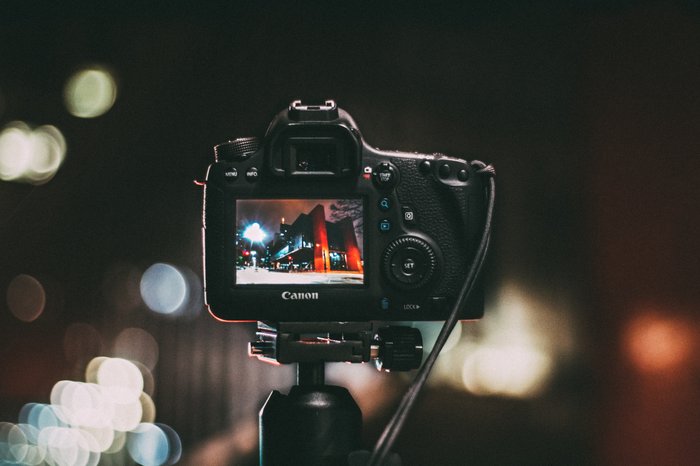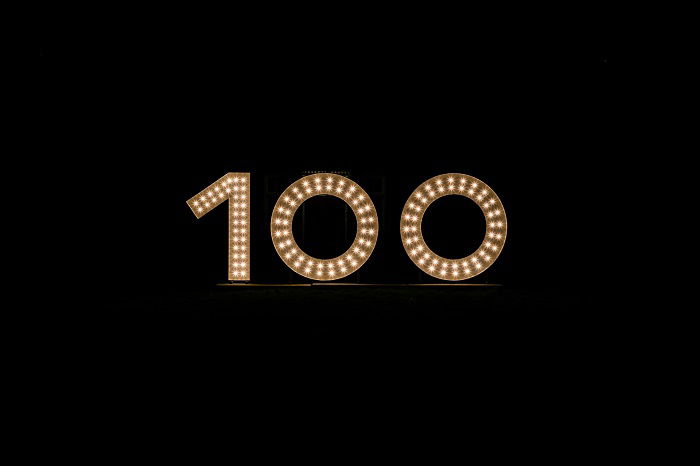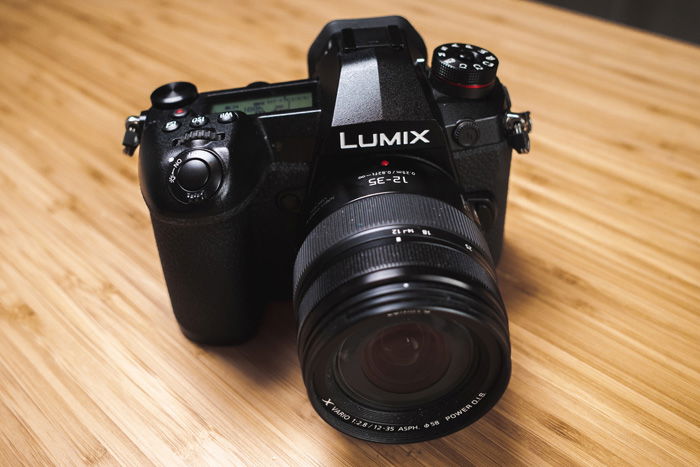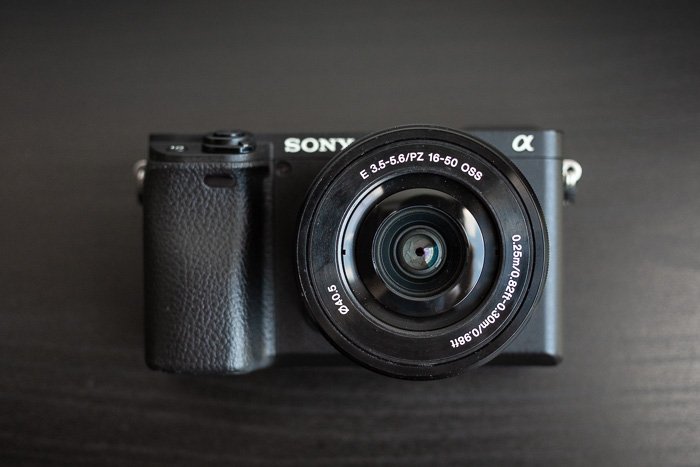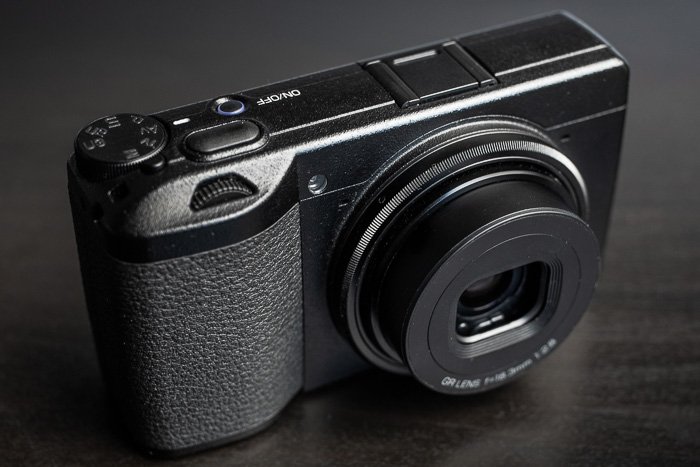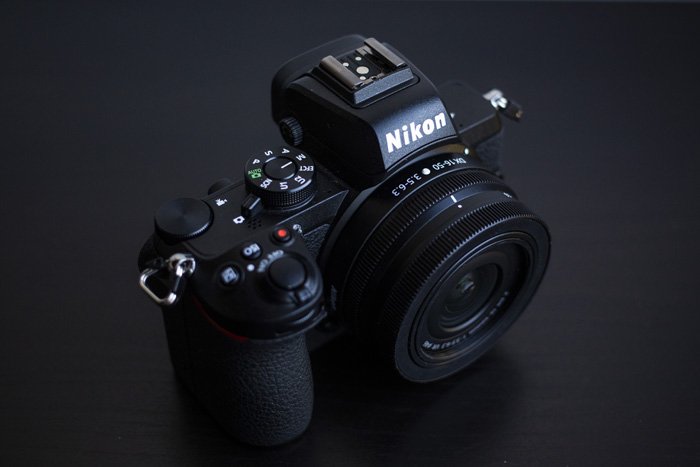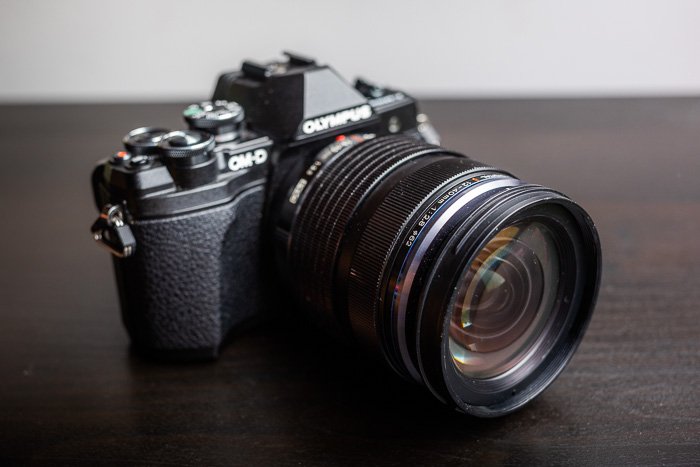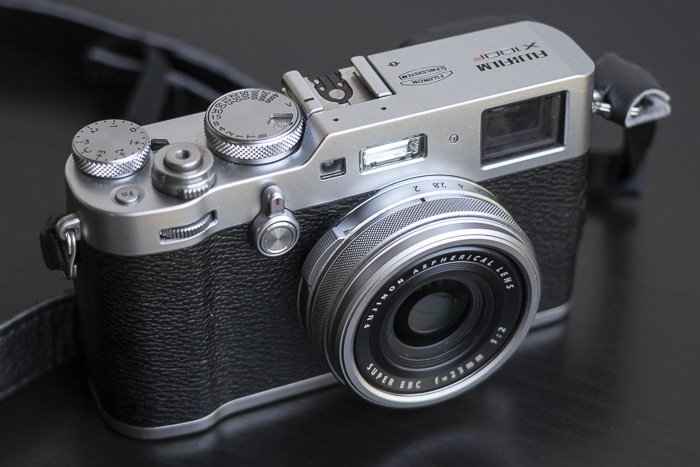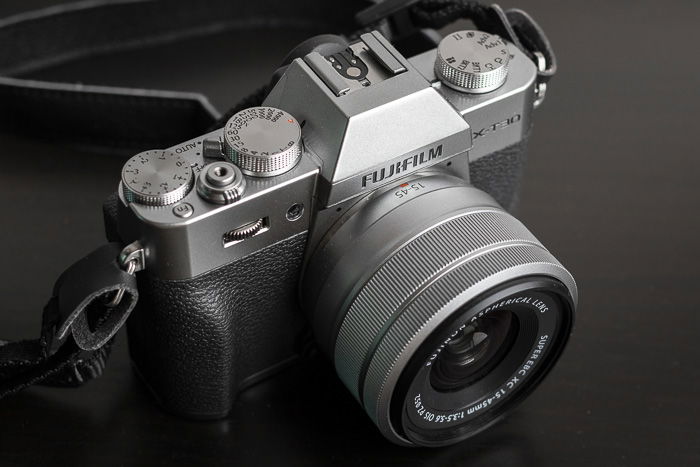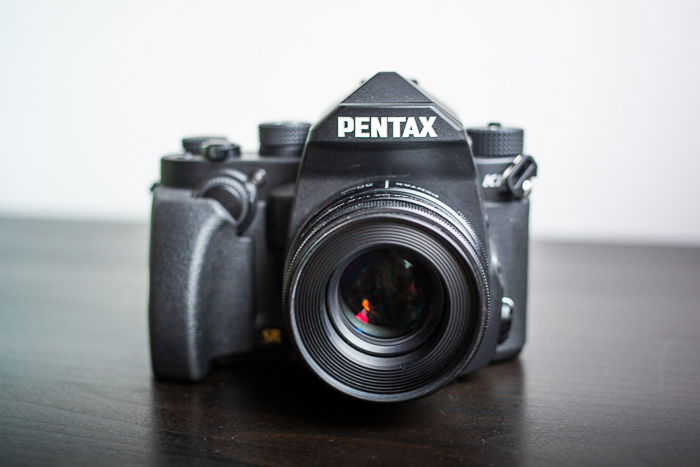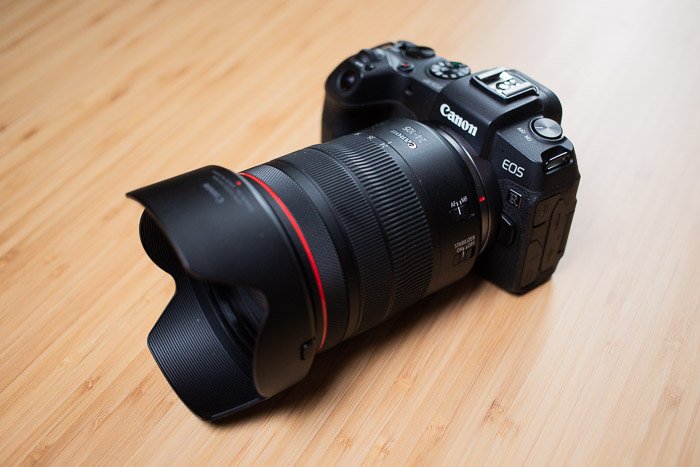There are many different mid range camera models on the market, and it can be difficult to decide which one is right for you. That’s why we’ve put together a list of the 9 best mid range cameras in 2022. These Cameras include a variety of features, so you’re sure to find one that meets your needs. [Note: ExpertPhotography is supported by readers. Product links on ExpertPhotography are referral links. If you use one of these and buy something, we make a little bit of money. Need more info? See how it all works here.]
Our Mid Range Camera Scoring System
To make our reviews more objective, we decided to introduce a score-based ranking system. Our system gives a score out of 100. You can see a breakdown of each section below the following table, but most importantly, this is how you should interpret the total score:
How to Interpret the Total Score
As a guideline, here’s how we evaluate the scores.
0-50: Avoid at all costs. 50-65: Mediocre, but may be valuable for a certain niche of photographers. 65-80: Good, with flaws that we don’t believe to be deal-breaking. 80-90: Excellent products, with few to no issues. 90-100: No-brainer deals.
Here is the brief, score-based summary of each camera we’ve reviewed. Below, you will find more detailed descriptions. Be sure to check back later if you’ve not yet decided – we’re updating this list regularly.
How we Score Each Product Review
We give scores based on five components for cameras.
1. Features (25)
With these points, we evaluate the base features of the camera and compare it to its competitors. Among others, we consider lens compatibility, image quality (such as noise levels and dynamic range), autofocus performance, framerates, video options and quality, battery life, card support, and ports.
2. Extras (25)
Here, we consider any non-standard and non-quantifiable features the camera might have; or the lack of such. This can include stabilization, flash, silent shooting, sensor-shifted high-res images, sensor cleaning, and else.
3. Value For Money (20)
This score represents the camera’s price compared to direct competitors with similar features. We base this on the manufacturer’s current suggested retail price (MSRP).
4. Handling and Ergonomics (15)
These points reflect the camera’s ease of use, ergonomics, and user experience. We consider things such as menu system, displays (LCD, EVF), button placement, customisation options, and else. The question we ask ourselves: Imagine that you’re a new user just picking up the camera for the first time. How would you rate the experience?
5. Construction and Durability (15)
In this section, we review the camera’s building materials, weather sealing, toughness, quality of construction, perhaps if anything wobbles, if anything moves too easily or too stiffly.
Our Favourite Mid-Range Cameras We’ve Reviewed
1. Panasonic Lumix G9
Relatively small sensor (M4/3) No phase-detection AF On the more expensive side
You might be surprised to find the camera with the smallest sensor on the top of our list. I’d surely be. But the Panasonic G9’s qualities and versatility elevate it above all models I reviewed in this category. The G9 is a hybrid camera that offers solid features for both stills and video shooters. It’s built around the Micro Four Thirds system of mirrorless interchangeable-lens cameras, with all the strengths and weakness that come with this. It has a 20-megapixel Four Thirds-sized sensor, which comes with a 2x crop factor. This relatively small sensor, of course, demands some sacrifices in low light performance and dynamic range. In both aspects, the best full frame sensors perform about 2 stops better than the G9’s sensor. However, besides that, the G9 is class-leading from many perspectives. For stills shooters, it offers quick and accurate autofocus (contrast-detection-based), super-high framerates (up to 60fps), and fantastic stabilization (about 6.5 stops). For video makers, it gives many different recording options, including 4K/50p 10-bit output. From the outside, it’s apparent that the G9 is designed for focused amateurs and professionals. It has two, UHS-II-compatible SD card slots. It has headphone and mic jacks, as well as a full-sized HDMI port. It has three (!) control dials and more function buttons than any other camera on this list, and a responsive flip-out touchscreen. On top of this, it has a large, but outstandingly ergonomic and durable body, similar to prosumer DSLRs. Overall, we think that for any application except low-light work, the Panasonic G9 is among the best you can get in this category.
2. Sony Alpha A6400
Low noise and wide dynamic range Class-leading autofocus Excellent adaptability
Mediocre JPG image quality Pronounced rolling shutter issues Annoying design flaws
The Sony Alpha A6400 is the newest edition in Sony’s midrange crop sensor lineup. It houses a 24MP APS-C sensor, a class-leading autofocus system, and good video features. Its sensor is among the best APS-C sensors in use today, with enviable low-light performance and impressive dynamic range. The default color calibration is not the nicest, so expect to work a little bit more with raw files. It’s based Sony’s E-mount, the most popular and versatile mirrorless mount to date. Choose the A6400 if you’re going for ultimate adaptability, and/or use with vintage lenses. It inherits the market-leading autofocus system of the Sony A9, making it stand out in this price range even more. Its eye-detection and tracking capabilities are considerably better than anything else on this list. It shoots 4K/30p and FullHD/120p video, with great autofocus tracking and unlimited record time. Rolling shutter artifacts are quite visible; there is room for improvement here. With the right lenses, the A6400 is an excellent camera for any type of action photography, such as sports, wildlife, or adventure. It has a durable, but small body, with decent ergonomics, but also has the design issues some Sony cameras are known for. The touchscreen interface is, in all honesty, terrible, and the menu system is confusing (although you can set up a ‘My Menu’ page). But it has weather sealing, a great grip, a nice viewfinder, and good button placements. Overall, this is an extremely capable camera, and once you set it up to work exactly how you want it to work, it will serve you well.
3. Ricoh GR III
Fantastic raw and JPG quality Razor-sharp lens Tiny design, but great controls
No weather sealing Forgettable video features Short battery life
If you thought the surprises were over, well, here’s another one: a compact point-and-shoot camera taking up the third place on a list of mid-range cameras. The Ricoh GR III is the camera that’s always with you, whether you travel or just go out to buy groceries. In a tiny body, it packs almost everything the best crop sensor cameras offer today – except, of course, the ability to switch lenses. It has a stabilised, 24-megapixel APS-C sensor, very similar to the one in the A6400. Its low-light noise levels and dynamic range are class-leading. Fixed to the body, there is an 18mm f/2.8 (28mm-eq.) prime lens, which is razor-sharp and largely free of distortion. You can’t zoom with this thing – it limits you to a wide-angle view. This makes it less versatile, but it’s necessary in order to keep the sensor so large and the lens so sharp. Its autofocus system is accurate and decently fast, and there are great zone focusing options. The controls are well laid-out, and the touchscreen interface is excellent on the GR III. Its construction is extremely solid, yet the camera remains small and lightweight. My only large complaint is the lack of weather sealing, but battery life could be improved, too. Overall, we believe that this camera is a fantastic choice for day-to-day documentary photography and street photography. Since writing my review, I have actually become a happy owner of one.
4. Nikon Z50
Among the most versatile Great handling and ease of use Excellent dynamic range
Limited native lens choice Heavily cropped video Occasional AF issues
The Z50 is Nikon’s first mirrorless crop sensor camera, built around the Z-mount. It’s the newest system on our list, with all of its advantages and sacrifices. Native lens options for this camera are not too diverse, especially in the dedicated DX department. On the other hand, it’s absolutely future-proof, and we expect a fast expansion of the lineup. The Nikon Z50 is an excellent all-rounder camera. It’s well-balanced and versatile. It’s easy to use and provides a good user experience. It gives you the best ergonomics besides the Panasonic G9. It has a larger sensor than that, yet it’s smaller and lighter. Its sensor is a 20.9-megapixel APS-C one, a great performer overall. It gives you great image quality out of the box, and good headroom when working in raw. Autofocus-wise, it’s perfectly fine in all situations except fast action. In the video field, it’s behind its rivals. You can shoot 4K/30p with it, but with a 1.5x crop, which is a great limitation. Overall, the Z50 is perhaps the most ideal camera for the family and documentary photographer but does a great job in all genres.
5. Olympus E-M10 MkIII
Outstanding value for the price Great stabilization Impressive video quality in 4K
Inconsistent autofocus Limited connectivity Relatively low resolution (16MP)
The E-M10 MkIII is an outlier here: it’s not really a mid-range camera, only in features. Judged by its price, it’s in the lower tier of entry-level cameras. If you’re on a budget, this one definitely gives you the best bang for your buck. Similarly to the Panasonic G9, this is also a Micro Four Thirds camera. It has a smaller sensor than most cameras here, and thus worse low-light performance and slightly lower dynamic range. Its resolution of 16 megapixels is the lowest on our list, but it’s still plenty. However, the MFT system gives you qualities no other system can offer. First, of course, is the tiny size of the E-M10 MkIII. Yet, it’s very ergonomically designed, has many function buttons, and two main dials. Lens options for this camera are also smaller, but they’re excellent. Another great advantage is the fantastic image stabilization, which is among the smoothest and most effective. The E-M10 MkIII has the potential to be your perfect travel mate. The camera and several lenses can easily fit into a small side bag – no other system is capable of this.
6. Fujifilm X100F
Hybrid viewfinder Class-leading JPG quality Fast and sharp lens
No weather sealing No stabilization Mediocre autofocus
The Fujifilm X100F (and the X100 series, in general) is among the most stylish digital cameras out there, but it’s also a powerful workhorse for some photography genres. It has a 24MP APS-C sensor, which is not stabilised. This is complemented by a 23mm f/2 prime lens, which gives you a 35mm-equivalent field fo view. It’s a great, standard-wide general lens. The lens is permanently attached to the camera. The X100F, similarly to the Ricoh GR III, is primarily designed for documentary, street, and day-to-day photography. But, of course, you’re not limited to this genre. It’s a joy to use in many other applications where the 35mm view is adequate. It has some ergonomics issues, but thanks to the small size, these are not too prevalent. If you’re willing to spend slightly more on a camera like this, you can also get its newly-released successor, the X100V (soon to be reviewed). It adds image stabilization, weather sealing, 4K video, and a flip-up screen to the mix.
7. Fujifilm X-T30
Beautiful JPG and video quality Snappy AF and good tracking Good lens options
Poor ergonomics Substandard build quality Bad placement of tripod mount
The X-T30 is a highly capable crop sensor mirrorless camera housed in a retro-style body, Fujifilm’s signature design. Similarly to the X100F, it excels in out-of-the-box image quality. Fujifilm is known for the beautiful, film-resembling picture profiles, which are available in JPG and video modes. It has a 26MP APS-C sensor. In terms of low-light performance and dynamic range, it’s very slightly behind the Sony A6400’s sensor. Fujifilm’s colors, however, largely make up for the difference. The X-T30 also has great autofocus, it grabs focus quickly and tracks subjects confidently. It produces great-looking videos, especially in low light – the nicest of all on this list, actually. It can output 4K/30p in 10 bit through the HDMI port, a feature only found in the Panasonic G9 besides it. What’s less appealing, though, are the ergonomics and design of the camera. The X-T30 looks attractive, but this comes at the expense of a comfortable grip, a well-placed shutter button, ergonomically positioned dials, and weather sealing. It also feels quite fragile in the hands, even though there is some aluminum used in the construction. Overall, the X-T30 can give you just nice images (and better colours!) as most of the cameras further up on this list, but it lacks on the ergonomics side.
8. Pentax KP
Exceptional build quality Optical viewfinder In-body stabilization
Poor video features Limiting autofocus Narrow modern lens palette
The Pentax KP is the only DSLR on our list, which quite well shows where the technology is heading. It has a crop sensor, an all-withstanding build, and plenty of uncommon and handy features for hobbyists. Most notable of these is the intelligent sensor-stabilisation system. It’s capable of creating micro-shifted high-resolution images and following the movement of the night sky, besides just stabilizing. The KP’s 24MP APS-C sensor is great, in the same league as the Nikon Z50’s. Its autofocus system is not great, nor is the placement of some buttons, including the shutter button, sadly. However, the camera feels very solid in the hands, it’s ergonomic but heavy and solid. Overall, the Pentax KP is not a strong camera in video shooting and action photography. However, it excels in nature, landscape and astrophotography, as well as any genre that requires high resolution.
9. Canon EOS RP
Full frame sensor Small, ergonomic body Excellent Dual Pixel AF
Crippled video features Limited lens choice Cannot compete with modern full frame sensors
The Canon EOS RP is an entry-level full frame camera, so we can rightfully include it in this list of mid-range cameras. It’s one of the lightest full frame cameras ever produced, and it’s the cheapest to ever enter the market (based on launch price). It basically combines the features and ergonomics of Canon’s Rebel series of entry-level cameras with the added benefits of a full frame sensor. Even though this sensor can’t really compete with the competition’s newer ones, it still gives you great low-light capabilities and extra background blur purely due to its size. For this, however, you need to use it with the right lenses, which poses a problem. To keep the package small and balanced, you have to use small lenses, of which there are not a lot in Canon’s lineup, especially in the RF series. You’re pretty much limited to short primes. Otherwise, the lenses you can get for this camera are either too large, too expensive, or both. This is not a problem for everyone (I like this workflow, for example), but you need to keep it in mind. Overall, though, the EOS RP is a cheap but capable camera. If you’re looking for an inexpensive full frame mirrorless model, your choice is either the EOS RP or the Sony A7II – a much older camera.
Still unsure which camera to go for? This article on best cameras to buy in 2020 is a good choice for further research! Take your photo skills to the next level with Photography Unlocked!
